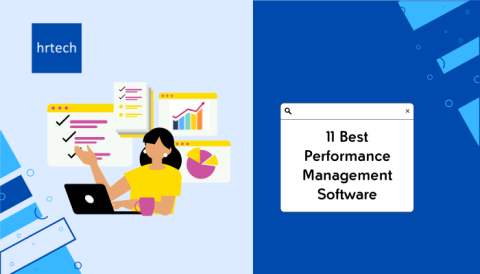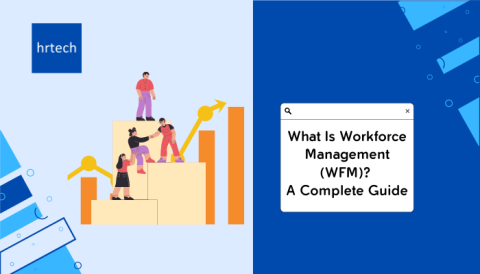TL;DR
- Traditional reviews fail when they’re inconsistent, unclear, or disconnected from day-to-day work.
- A high-impact system blends regular feedback, measurable goals, and follow-through, not just annual ratings.
- The appraisal method and tools should match your team’s speed, structure, and leadership maturity.
- Risks like bias, vague feedback, and missed deadlines erode trust, structure, and visibility. Fix that.
- You can simplify rollout with partners like TeamLease, who handle tools, training, and systems at scale.
Introduction
You already know performance reviews frustrate almost everyone involved, from managers writing them to employees reading them weeks after they’re useful.
Feedback comes late, action plans go nowhere, and most employees quietly believe the entire process is more formality than function.
Around the world, 47 per cent of performance reviews are completed late, which delays promotions, disengages talent, and erodes credibility with your leadership and HR teams.
In this blog, you’ll learn what makes performance reviews actually useful: methods, tools, risks to avoid, and how to make your appraisal system work better.
Why Does Performance Appraisal Still Matter?
Performance reviews feel outdated to many teams, especially when the same template gets reused year after year with no noticeable impact.
But when done correctly, performance appraisals give people clarity, create accountability, and align daily work with team and business outcomes.
They also help managers track progress, recognise growth, and identify where people need coaching, support, or a new set of challenges.
What You Actually Get from a Useful Appraisal System?
Here’s what an effective appraisal system provides, beyond documentation or performance scores that no one looks at twice:
- Clarity: People understand what’s expected, where they stand, and what improvement looks like in specific, measurable terms.
- Retention: Employees stay longer when they believe their work is seen, valued, and supported with ongoing coaching, not just annual feedback.
- Alignment: Individual goals connect directly to business priorities, helping your teams contribute meaningfully to outcomes that matter most.
- Action: Structured feedback leads to change, whether it’s skill-building, shifting responsibilities, or improving how people work together.
That’s why fixing your performance appraisal process is worth your time. No, let’s break down what needs to be in the system itself.
Core Components of a High-Impact Appraisal System
Most performance appraisal problems don’t come from tools or templates. They start with unclear expectations, inconsistent follow-up, and weak accountability.
If you want performance reviews to actually drive results, you need a system that covers four essential components, each one linked to action.
Core Components You Should Build Around:
- Clear Standards: Define performance expectations in advance, tied to actual outcomes and behaviours, not vague traits or generic values no one tracks.
- Ongoing Measurement: Measure performance over time using both data and observation. Avoid year-end reviews based only on memory or isolated incidents.
- Regular Feedback Loops: Schedule monthly or quarterly feedback check-ins. Don’t wait until the official review cycle to start meaningful development conversations.
- Action-Focused Follow-Up: Document outcomes and next steps after every review. Track progress so performance discussions don’t end up ignored or forgotten.
When these four elements work together, you’ll notice less confusion, stronger accountability, and better engagement during and after reviews.
Now that you understand the core structure, the next step is selecting methods that match your culture, size, and leadership style.
Popular Methods You Can Use
Your appraisal system’s impact depends heavily on the method you choose. Some methods offer simplicity, while others focus on fairness or continuous improvement.
There’s no single approach that works for everyone, so choose methods based on your team size, manager maturity, and decision-making speed.
Below are some of the most commonly used methods, both traditional and modern, with notes on where each one fits best.
Traditional Methods
- Graphic Rating Scale: Simple and scalable, this method uses a standard scale for traits like teamwork or dependability. Risk: highly subjective and often vague.
- Management by Objectives (MBO): Aligns individual goals with business outcomes. Works well in structured organisations where performance is tied to measurable, time-bound goals.
- Behaviorally Anchored Rating Scales (BARS): Anchor ratings with observable behaviours, reducing bias. Best suited for roles where actions can be clearly defined and assessed.
- Ranking and Forced Distribution: Forces differentiation between employees. It can damage morale if overused, especially in collaborative or high-performing teams.
Modern Methods
- 360-Degree Feedback: Collects input from peers, reports, and managers. Ideal for leadership roles where impact isn’t limited to direct outcomes or deliverables.
- Objectives and Key Results (OKRs): Encourages agility and alignment by focusing on short, clear goals. Works well for fast-moving teams or cross-functional environments.
- Frequent Check-Ins: Emphasises continuous feedback instead of waiting for yearly reviews. Strengthens trust and promotes real-time course correction.
Most companies today use a combination of traditional structure supported by regular check-ins or peer feedback to balance results with collaboration.
Once you select your method, the next challenge is finding the right tools to manage feedback, data, timelines, and visibility.
Choosing the Right Tools & Technology
Even the best-designed performance systems fall apart without the right tech. You need tools that support, not complicate, your review process.
The wrong platform creates extra admin work. The right one keeps reviews moving, enables visibility, and makes sure nothing gets missed.
Key Features You Should Look For
Below are the core features your tool should include, whether you use enterprise HR software or specialised performance platforms.
- Automated Reminders and Review Workflows: Trigger check-ins, feedback requests, and deadlines automatically so managers and employees stay on track throughout the review cycle.
- Structured Feedback Templates: Help managers write relevant, actionable feedback with guided templates that improve quality and reduce hesitation or blank-screen delays.
- Dashboard and Analytics: Track completion rates, review quality, and patterns across teams. Surface trends early instead of waiting for complaints or disengagement.
- Rating Calibration Support: Give HR and leaders visibility into rating distributions. Prevent inflation or inconsistency that leads to fairness concerns or pay inequity.
- Data Security and Role-Based Access: Control who sees what. Ensure sensitive feedback stays protected while giving managers the access they need to take action.
Many platforms now offer AI-based recommendations, but use those only to support, not replace, human decisions and context.
Your tool should fit your people, not force your people to fit the tool. With the right tech in place, it’s time to manage risk.
Risks to Watch Out For
Even a well-designed appraisal system can fail if you don’t actively manage the risks that come with performance reviews at scale.
Most issues don’t come from malicious intent; they come from rushed managers, unclear expectations, or tools that track process but not behaviour.
Five Risks That Derail Performance Reviews
These are the most common risks we see in mid-to-large organisations and what you should do to stay ahead of them.
- Bias in Ratings: Managers may rate based on personal impressions or recent events. Use training, data, and calibration panels to maintain fairness.
- Forced Ranking Fallout: Mandatory ranking forces good performers into average buckets. This damages morale, especially in collaborative or high-performing teams.
- Unclear or Generic Feedback: Vague comments like “needs improvement” or “good work” do nothing. Require specific examples, outcomes, and action steps in every review.
- Missed Deadlines and Delays: Late reviews erode credibility and stall decisions. Track completion weekly and escalate delays instead of quietly tolerating them.
- No Follow-Through After Reviews: If nothing happens after feedback is shared, employees stop caring. Document next steps and assign clear follow-up owners every time.
Risk doesn’t disappear with good intentions. You need structure, training, and accountability to keep your system healthy over multiple review cycles.
Now that you know what to avoid, let’s move to what consistently works, no matter your company size or maturity.
Best Practices Checklist for CPOs and HR Leaders
You don’t need to rebuild everything from scratch. But you do need a consistent system that supports accountability and fairness at every level.
This checklist gives you a reference to pressure-test your current process and catch weak points before they affect morale, retention, or credibility.
Manager Readiness
- Train managers to deliver specific, balanced feedback. Vague praise or criticism leads nowhere and increases employee distrust during reviews.
- Provide role-specific feedback templates that guide managers when writing performance summaries, development plans, or growth feedback.
- Run calibration meetings each review cycle to reduce bias and ensure managers use your performance standards consistently across functions.
- Offer external learning support when needed. TeamLease’s enterprise network helps deliver practical, role-based training aligned with business priorities.
Process Control
- Track completion rates weekly and publish team-level compliance dashboards to make deadlines visible and keep managers accountable.
- Escalate delays early instead of accepting missed timelines that quietly weaken trust in your entire review process.
- Automate feedback triggers, review assignments, and approvals using your HRMS or tools available through a curated HR tech marketplace.
Employee Experience
- Use quarterly pulse surveys to understand if employees found the feedback fair, useful, and tied to their actual work experience.
- Limit review forms to essential inputs that directly inform compensation, promotion, or development decisions—eliminate unused or unclear questions.
- Communicate review outcomes transparently, with clear next steps and timelines, so employees know what happens after the meeting ends.
Strong appraisal systems don’t need to be complex. They just need to be maintained—like any other system tied to outcomes and accountability.
Now, let’s look at how TeamLease can help you scale performance reviews and HR transformation without exhausting your internal teams.
How TeamLease Helps You Scale Performance Effectively?
You can build your system internally, but doing everything alone, especially across regions or functions, pulls focus from more strategic priorities.
TeamLease helps you reduce that load by supporting performance systems, staffing, compliance, learning, and technology under one HR transformation framework.
What TeamLease Brings to the Table
Their services are built for scale, backed by deep operational experience, and designed to work inside complex organisations, not theoretical models.
1. Workforce and HR Transformation Services
TeamLease supports organisations in redesigning systems, processes, and teams for stronger delivery, better structure, and measurable HR outcomes.
2. Professional Staffing, Payroll, and Compliance
With over 200 recruitment experts, TeamLease runs full hiring cycles across sectors using AI tools to shorten sourcing and reduce hiring lag.
We also manage payroll and compliance across countries, ensuring you meet local laws while maintaining consistency in compensation and reporting.
3. HR Tech Marketplace with 450+ Tools
Our marketplace gives you access to over 450 pre-evaluated HR platforms. You get personalised tool suggestions based on team size and goals.
This makes it easier to build your tech stack without spending months researching or second-guessing software fit or compatibility.
4. HR Advisory and Consulting Services
We help you evaluate and redesign service delivery. Their advisors work closely with your HR team to guide smarter process decisions.
This includes designing better appraisal workflows, feedback loops, and manager enablement strategies tied directly to business outcomes.
5. Enterprise Learning at Scale
Our trainer network, 10,000 strong, delivers programs in functional skills, leadership, onboarding, and certifications. Everything is aligned to specific business needs.
This lets you support manager development alongside system redesign, ensuring stronger feedback quality and better engagement across the board.
Whether you’re revamping your review system or scaling an already-working model, TeamLease supports you without draining internal capacity.
Conclusion
You don’t need more forms, longer reviews, or another HR tool nobody uses. You need a system that people actually trust and follow.
The best performance reviews are timely, specific, and followed by action. They help people grow and help leaders make better decisions faster.
This guide gave you the structure, methods, tools, risks, and practices that help you build a performance system that actually works.
If you want support implementing it or scaling across teams and locations, you don’t have to do it alone anymore.
Book a demo with TeamLease today and see how your appraisal process can become smarter, faster, and easier to manage, starting this quarter.
FAQs
Q: How often should performance reviews be conducted?
A: Formal reviews once or twice a year are common, but monthly or quarterly check-ins work better. Short, regular feedback cycles help catch issues early and keep goals relevant.
Q: What’s the biggest mistake companies make with appraisals?
A: Treating reviews like paperwork. When reviews are rushed or vague, people stop paying attention. Feedback needs to be specific and lead to action.
Q: Should employees be involved in setting their own goals?
A: Yes. When employees help define their goals, they’re more likely to stay focused and take responsibility for outcomes. It also makes reviews feel fairer.
Q: What kind of training should managers get before review season?
A: Teach managers how to give useful feedback, avoid bias, and connect comments to actual outcomes. A clear structure helps managers write stronger reviews.
Q: Is peer feedback necessary in all appraisal systems?
A: Not always, but it helps in roles where collaboration matters. Peer input gives a fuller view of how someone works across teams—not just what they deliver.







